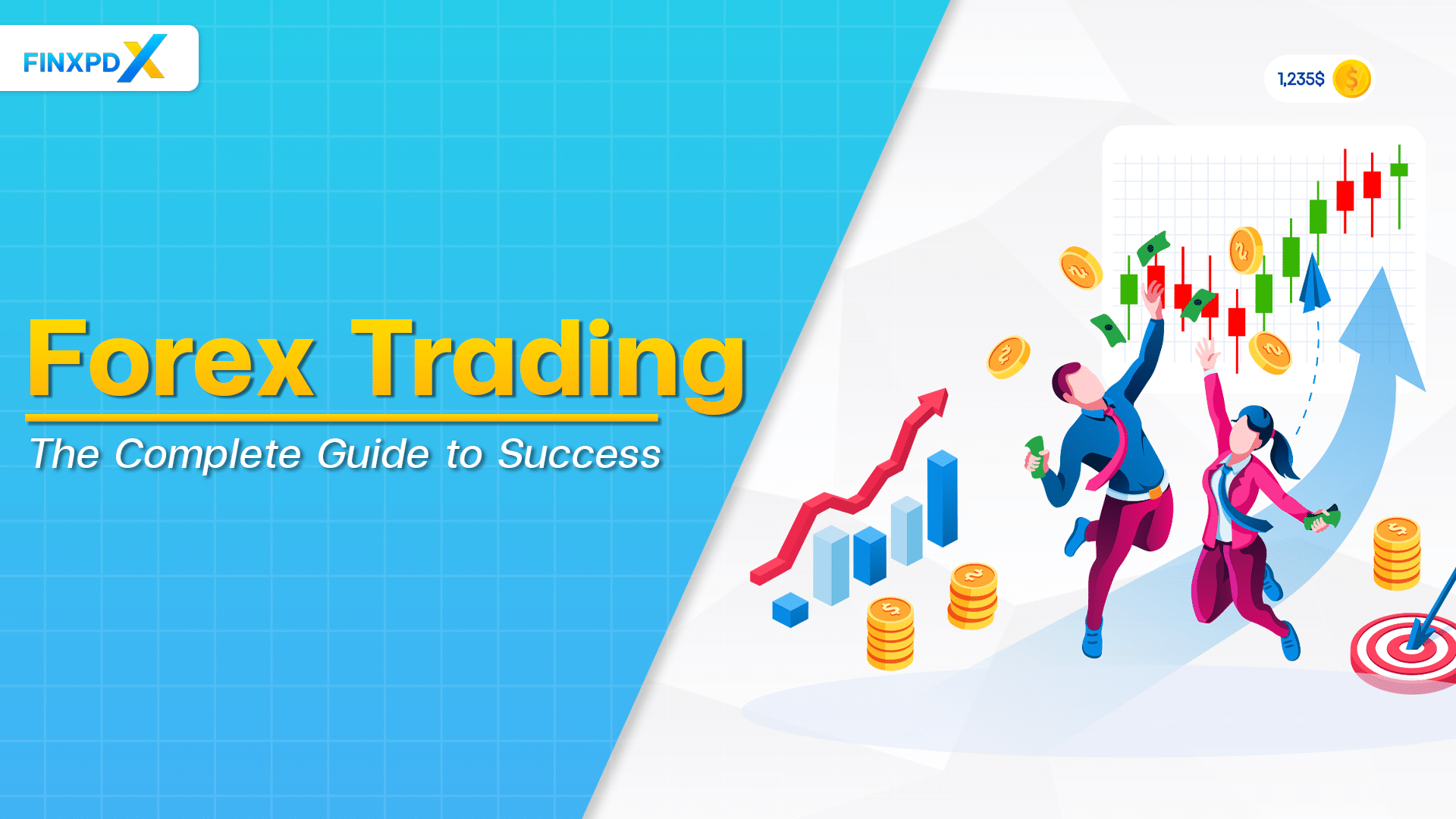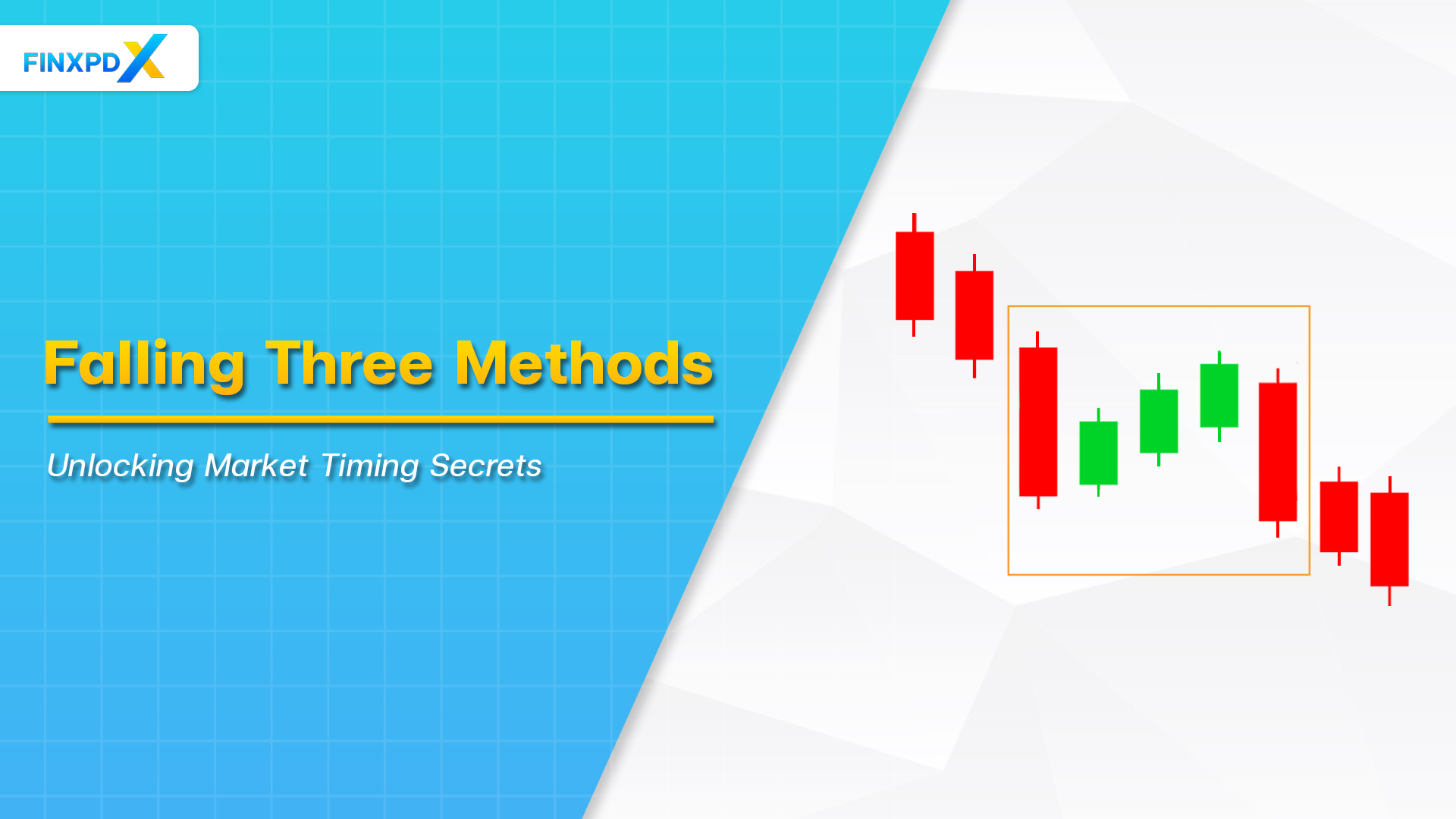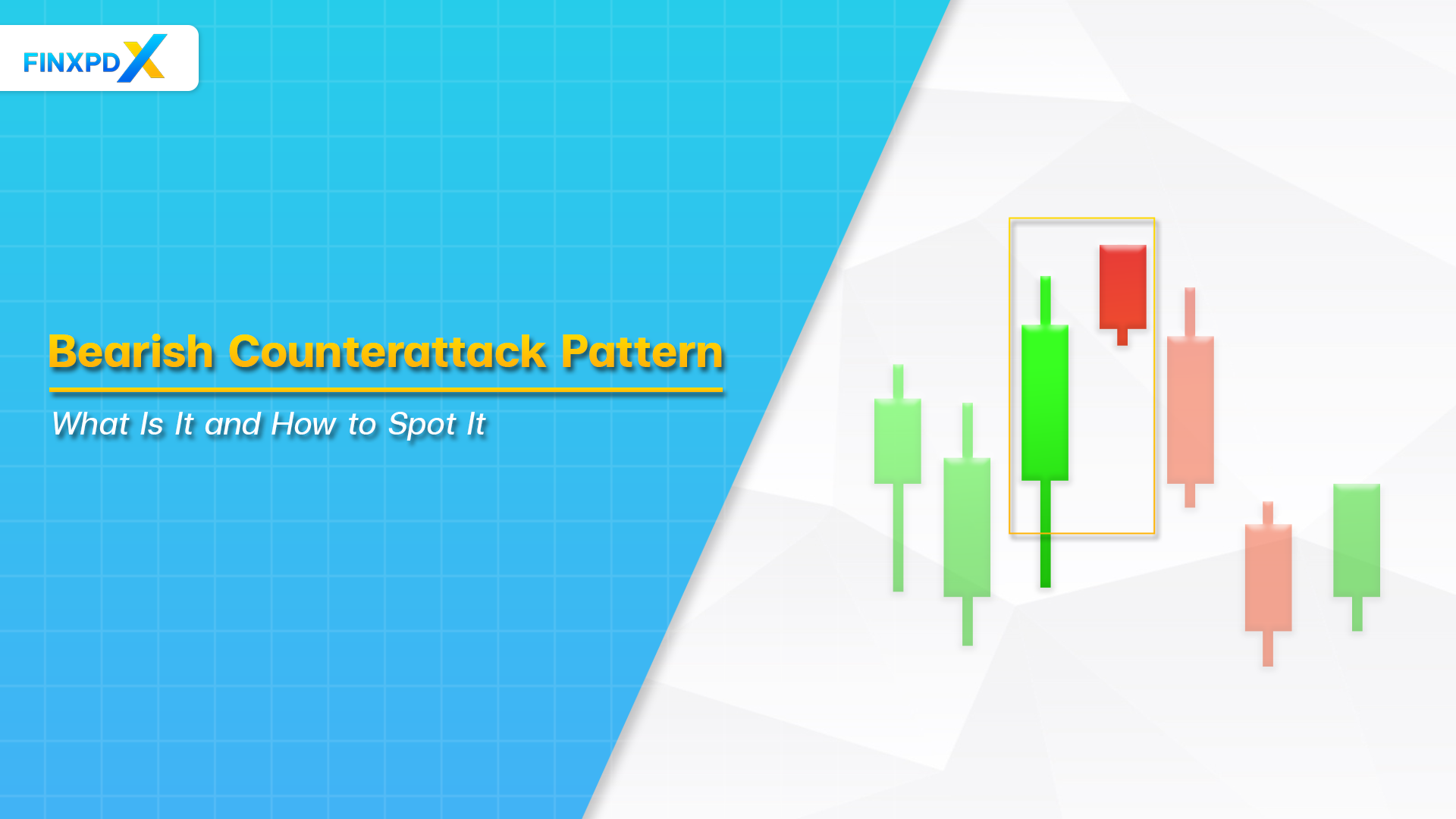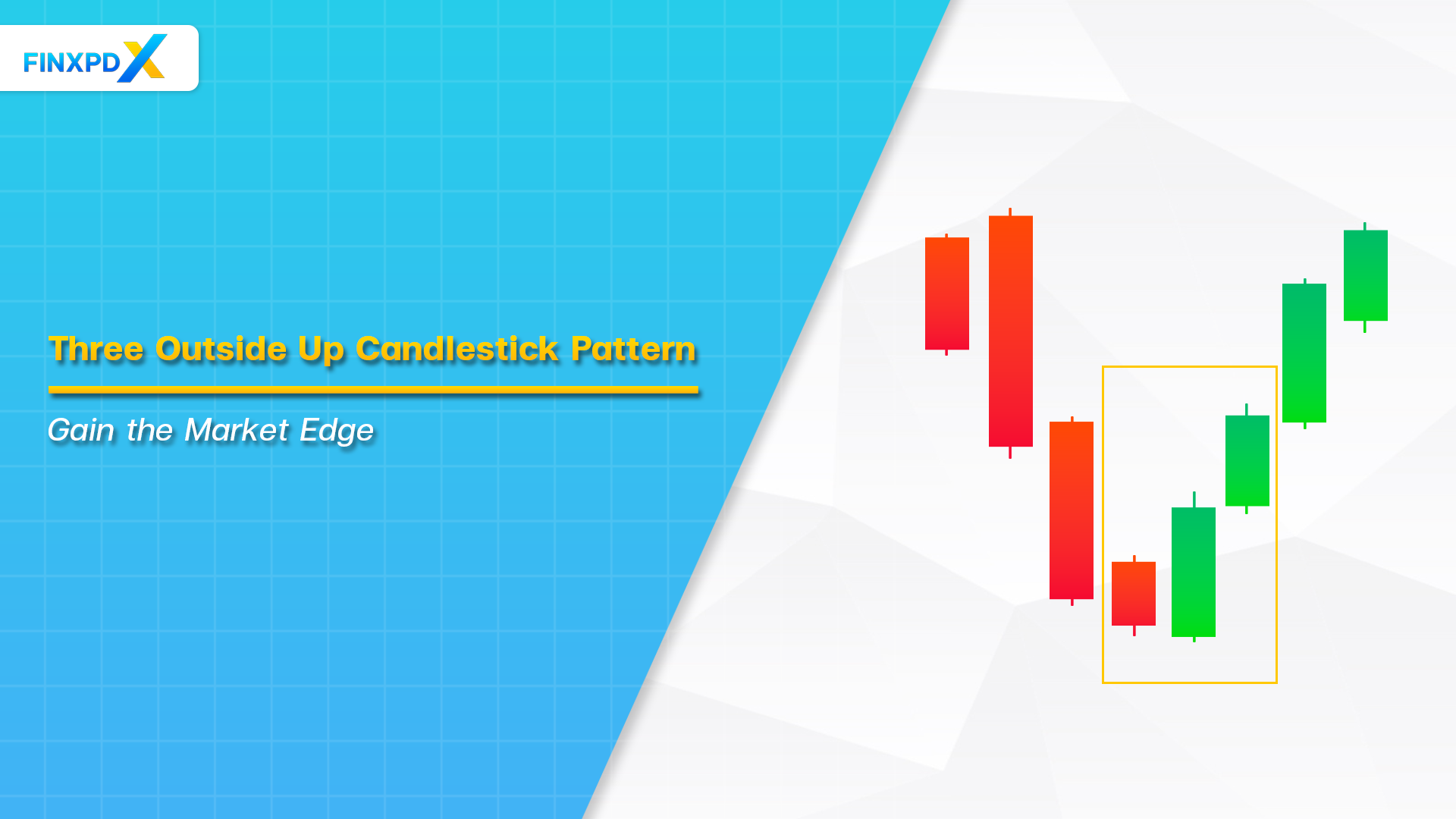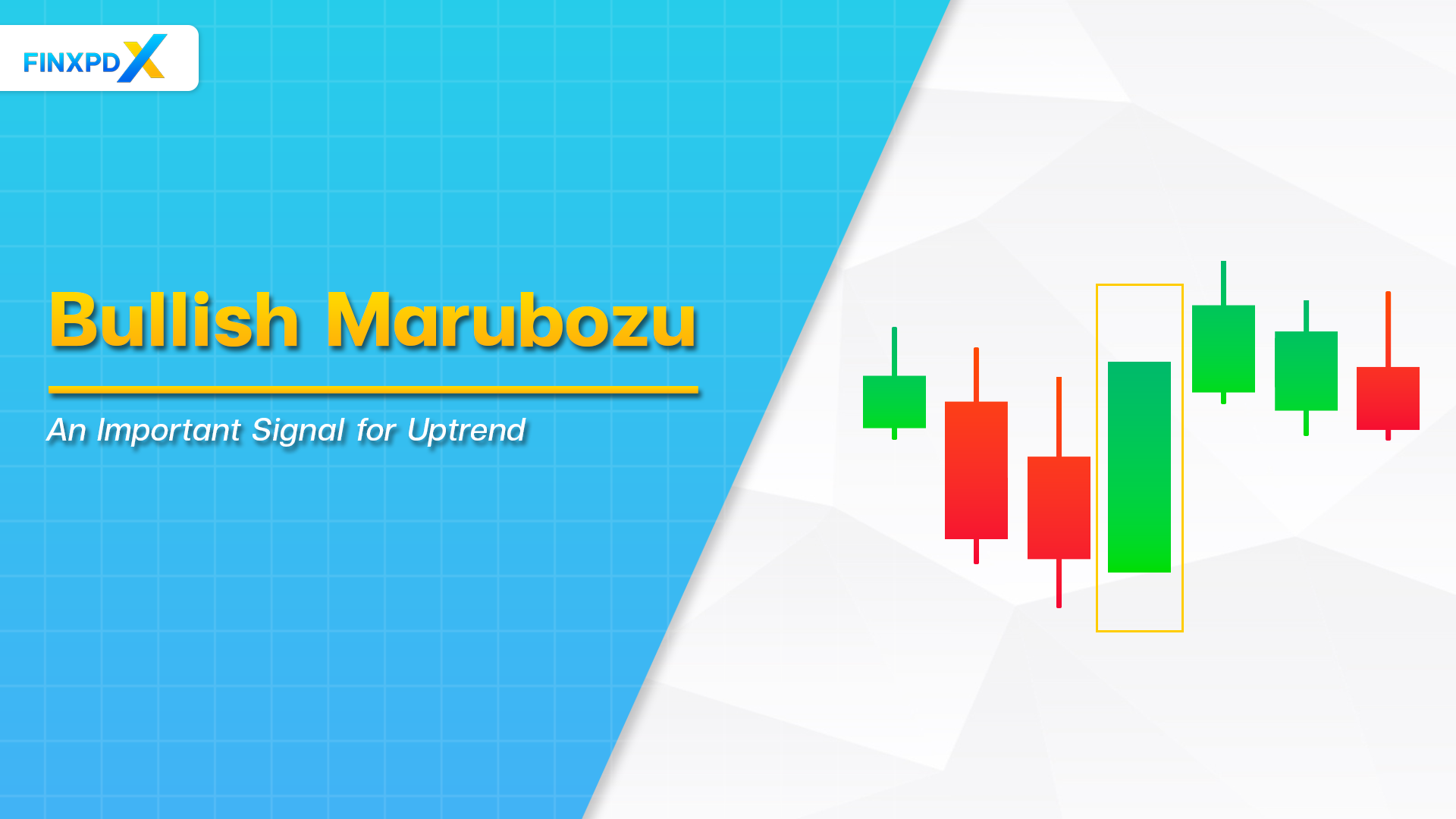Navigating the complexities of forex trading can sometimes feel complicated. Whether you’re a novice or a seasoned trader, the ever-changing landscape of the foreign exchange market can present challenges. This article serves as your comprehensive guide, offering insights and strategies to simplify your trading experience and set you on the path to success.
We will examine the fundamental concepts of forex trading in more detail, including how currency pairings work, how to analyze trends, and how events in the world economy affect currency values. Additionally, the importance of risk management cannot be overstated, as it helps traders mitigate losses while maximizing potential gains.
What Is Forex Trading?
Forex trading involves swapping currencies on the foreign exchange market, like the Euro and the U.S. Dollar. Each currency pair has two prices, the BID and the ASK. The BID is what the broker is willing to pay to buy the currency from you, while the ASK is the price you’re willing to sell it for. Understanding these prices is important for executing profitable trades. Forex traders must also pay attention to factors such as economic indicators, political events, and market sentiment, which can influence currency values.
Additionally, the gap between the ASK and BID prices is called the spread, which the broker keeps as profit. Exchange rates can be stable or fluctuate, affecting the spread. For example, in the EUR/USD pair, the price of one Euro is calculated in U.S. Dollars. Similar pairs, like EUR/GBP, operate in the same way. Forex traders need to monitor these spreads as they can significantly impact the cost of forex trading and potential profitability. Various factors, including economic data releases, geopolitical events, and market sentiment, influence fluctuations in the forex market.
Key Takeaways
- Forex trading involves the exchange of currencies on a global market and capitalizing on the fluctuations in currency values.
- Forex trading begins with choosing a suitable broker, setting up the right type of account, familiarizing yourself with a trading platform, and making the first trade.
- Traders use strategies like scalping, day trading, swing trading, and trend trading to maximize returns based on different time frames and risk profiles.
- Practical analysis hinges on technical analysis, which focuses on price movements and patterns, and fundamental analysis, which assesses economic indicators and news.
How to Start Forex Trading
1. Choose the Right Broker for You
Regardless of your location, you can open an online forex account. To avoid scams, choose a broker regulated by a trusted authority like the FCA or CFTC. This step is important for beginners to ensure safety and reliability in forex trading. Proper regulation helps protect your investments and provides a secure trading environment.
2. Set Up an Account That Fits Your Need
Once you’ve picked a broker, you can deposit funds into your trading account. Brokers usually offer different types of accounts, such as standard or ECN, tailored to meet diverse trading needs and strategies. This choice impacts your transaction costs and profit margins in forex trading.
3. Get Started With a Trading Platform
Your broker will guide you to download their proprietary trading software or use a popular third-party platform like MetaTrader 4/5 or NinjaTrader. Each platform offers unique tools and features for forex trading, enhancing analysis and decision-making. Choosing the right platform can significantly affect your trading experience and success.
4. Start Forex Trading
After setting up your account and platform, you can start trading. Many brokers offer demo accounts funded with virtual money, allowing you to test their platforms and services before committing to real funds. This feature is precious for beginners in forex trading, as it provides a risk-free way to practice strategies and get familiar with market dynamics without financial risk.
⚠️Tip: Trading without a plan is like sailing without a compass; you’re likely to get lost and face risks.
4 Different Types of Trading Strategies
1. Scalping
This is an active strategy where traders aim to make quick profits from minor market changes. They enter and exit the market swiftly, targeting small gains. Known as scalping, this approach requires a keen understanding of market trends and high-speed trading tools. It suits those who can make fast decisions and manage multiple positions efficiently in forex trading.
2. Day Trading
In this approach, traders open and close positions multiple times within a day of forex trading. They usually avoid holding positions overnight due to the associated risks. This method, known as day trading, focuses on capitalizing on short-term market fluctuations. It is ideal for those who can dedicate time and attention to the forex market.
3. Swing Trading
This strategy focuses on buying low and selling high in forex trading, guided by momentum indicators like the RSI. Swing traders often keep positions open overnight, aiming to profit from significant market shifts over several days. This approach requires careful analysis and patience.
4. Trend Trading
This long-term strategy involves identifying the asset’s intrinsic value and following established trends in forex trading. Traders build and hold positions to profit from these trends until the end, focusing on substantial gains over extended periods. This method, known as trend trading, requires a deep understanding of market dynamics and patient capital management.
How to Analyze the Forex Market
Analyzing the forex market is essential for successful forex trading. This process involves a blend of technical, fundamental, and sentiment analysis to gauge currency movements accurately. By mastering these techniques, traders can make informed decisions, predict market trends, and manage risks effectively. This section will explore the essential tools and strategies for practical forex market analysis.
Technical Analysis
Technical analysis is fundamental to forex trading. It involves examining historical price charts and utilizing various tools and indicators to predict future price movements. This method allows traders to identify patterns and trends that suggest potential market directions. The upcoming section will detail the main components of technical analysis, equipping traders with the necessary insights to navigate the forex market effectively.
| Key Components | Details |
|---|---|
| Candlestick Charts | These charts employ candlestick patterns to identify trends, reversals, and market sentiment. |
| Support and Resistance Levels | Traders pinpoint crucial levels at which prices often pause or change direction. |
| Indicators | Technical indicators such as moving averages, RSI (Relative Strength Index), MACD (Moving Average Convergence Divergence), and stochastic oscillators are employed to assess market conditions. |
| Chart Patterns | Recognizing patterns like head and shoulders, flags, and triangles can provide insights into potential price movements. |
Fundamental Analysis
Fundamental analysis in forex trading focuses on understanding the economic, political, and social factors that influence currency values. This method evaluates how various macroeconomic indicators, geopolitical events, and societal changes can affect the forex market. The following section outlines the main elements of fundamental analysis, providing traders with the tools needed to assess the underlying forces shaping market dynamics.
| Key Components | Details |
|---|---|
| Economic Indicators | Monitoring economic data like GDP growth, inflation rates, employment figures, and interest rates can offer insights into a country’s economic well-being and potential currency movements. |
| News and Events | Staying updated on news events, central bank announcements, and geopolitical developments is essential, as they can significantly impact currency markets. |
| Interest Rates | Understanding central bank policies and the disparities in interest rates between currencies is crucial, as these factors can affect exchange rates. |
| Political Stability | Assessing the political stability of countries is vital since uncertainty and instability can lead to the depreciation of a currency. |
Conclusion
Trading without a plan in forex trading is like navigating without a map, and you’re likely to get lost. Developing a forex trading strategy that is both effective and straightforward to execute is necessary. This plan should incorporate essential elements such as sound money management and thorough risk assessment. Strategies like selecting trades with favorable risk-to-reward ratios and sizing your trades based on your account balance are fundamental to setting you on the path to success.
It’s important in forex trading to recover quickly from losses and keep emotions in check. Overconfidence and fear are a trader’s worst enemies. Instead of clinging to losing trades in the hope they’ll rebound, focusing on minimizing further losses is more effective. Implementing a stop-loss or loss-limiting approach can help you manage risks effectively, maintain discipline, and promote long-term success in the volatile forex market.
FAQs
Forex trading, also known as foreign exchange trading, is a dynamic market that offers opportunities to profit from changes in currency values. Economic, political, and market forces drive these changes.
Forex trading is not limited to a select few. It’s a market that welcomes anyone with access to an internet connection and initial capital, including individual retail traders, financial institutions, and corporations. The key to success lies in acquiring the right knowledge and tools.
The initial investment can vary widely depending on the broker’s requirements. Some forex trading accounts can be opened with as little as $50, but starting with more is advisable to manage risk effectively.
Forex trading can be suitable for beginners, provided they invest time in education and start with a demo account. This allows new traders to gain experience without risking real money.
Forex trading is considered high risk due to the market’s volatility and the high leverage often used in forex transactions. Traders must employ risk management strategies to protect their investments.
Related Articles:
- Forex Trading vs. Stock Trading: The Most Popular Trade
- Forex Factory: The Ultimate Resource for Forex Traders
- Forex Gods: Unveiling the Secrets of Top-Level Traders
Read more: Forex

